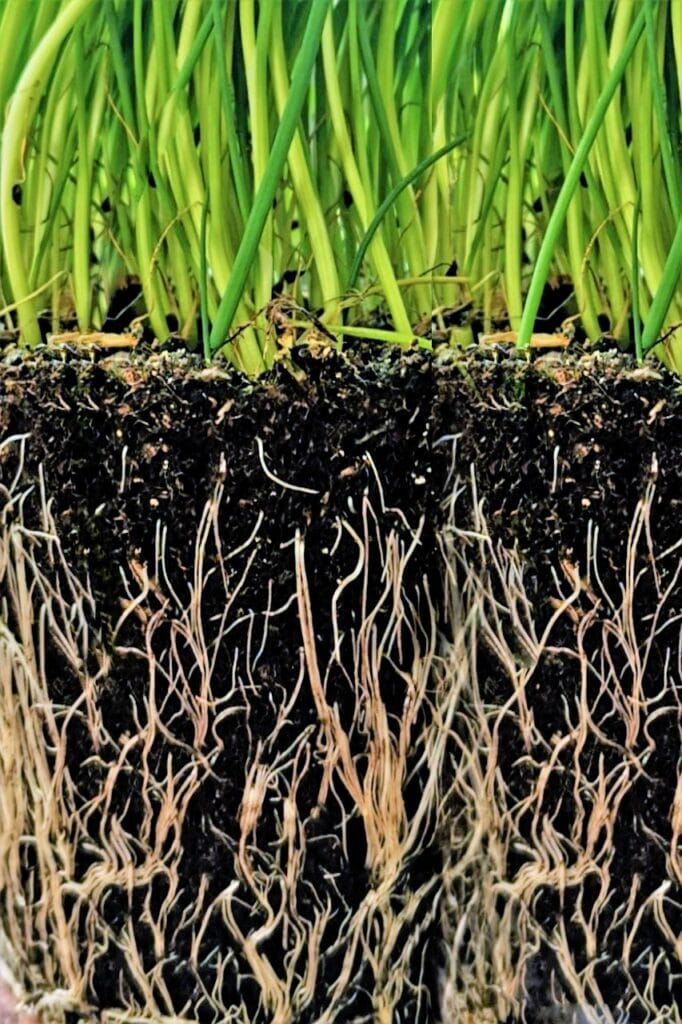Root: The underground part of a plant that anchors it in the soil and absorbs water and nutrients.
Think of roots as the plant’s underground lifeline. They are unsung heroes working tirelessly to keep the plant alive and thriving. They act like tiny straws, sucking up water and essential nutrients from the soil, like a plant’s built-in delivery system. They also provide stability, holding the plant firmly in place, even during strong winds or heavy rain. It’s like the plant’s own personal anchor.
Understanding roots is crucial in a home garden. Knowing how deep and wide a plant’s roots grow helps you determine where to plant it and how much space it needs. It’s like reading a map before going on a road trip. For example, some plants have shallow roots, while others have deep taproots. This knowledge helps you avoid planting shallow-rooted plants too close to deep-rooted ones, preventing them from competing for resources.
Also, be gentle with roots when transplanting or dividing plants. Damaged roots can struggle to absorb water and nutrients, which is like trying to drink through a broken straw. Think of it as giving your plants a gentle massage instead of a rough wrestling match. Healthy roots mean a healthy plant, so treat them with care, and they’ll reward you with bountiful blooms and delicious harvests.

Disclaimer: This post is for informational purposes only and should not be construed as health, wellness or nutrition advice. Please see our full disclaimers here.
« Back to Glossary Index
